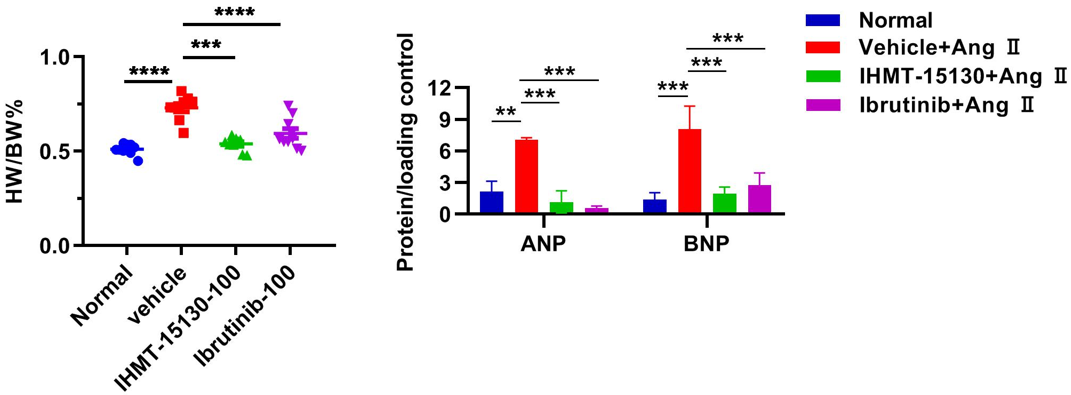2025-06-11 中国科学院(CAS)
<関連情報>
- https://english.cas.cn/newsroom/research_news/earth/202506/t20250611_1045407.shtml
- https://www.cell.com/the-innovation/fulltext/S2666-6758(25)00150-X
水と粒子の埋没に応答した生物学的土壌クラストにおけるシアノバクテリアの移動と構造的意味合い Migration and structural implication of cyanobacteria in biological soil crusts in response to water and particle burial
Tong Li, ∙ Yan Fang ∙ Yuting Fan ∙ … ∙ Hui Yin, ∙ Michael Melkonian ∙ Yuanming Zhang
The Innovation Published:May 12, 2025
DOI:https://doi.org/10.1016/j.xinn.2025.100947
Graphical abstract

Public summary
•In situ structural changes and cyanobacteria migration inside biological soil crusts (BSCs) were visualized.
•Hydration-induced swelling of cyanobacterial biomaterials altered pore geometry of BSCs significantly.
•Trichome bundles of cyanobacteria migrated via tunnels made of extracellular polymeric substances within BSCs.
•Spreading migration of individual cyanobacterial trichomes, but not trichome bundles, expanded BSC structure.
Abstract
Cyanobacteria are constructors of biological soil crusts (BSCs); their motility is thought to be crucial for surviving burial and BSC expansion. In this study, X-ray computed microtomography in combination with machine-learning-based image processing was employed to investigate cyanobacteria-dominated BSCs. The structural changes in these BSCs, as well as the behaviors of the dominant cyanobacterium Microcoleus vaginatus therein, in response to changes in water availability and particle burial were visualized and quantitatively analyzed. Hygroscopic swelling of cyanobacteria biomaterials increased pore-network complexity and reduced the porosity and hydraulic radius. Trichomes of M. vaginatus inside BSCs were connected to the surface by tunnel-like structures made of extracellular polymeric substances (EPSs), through which the trichomes migrated to and from the surface in bundles. Despite the generally negative effects of EPSs on hydraulic conductivity, EPS tunnels have the potential to enhance water transfer to the trichomes. Extensive hydration and particle burial led to the spreading migration of individual trichomes, forming net-like structures inside the newly deposited layer. The results highlight the significance of the structural organization of EPSs within BSCs and the importance of cyanobacterial migration in BSC expansion.


